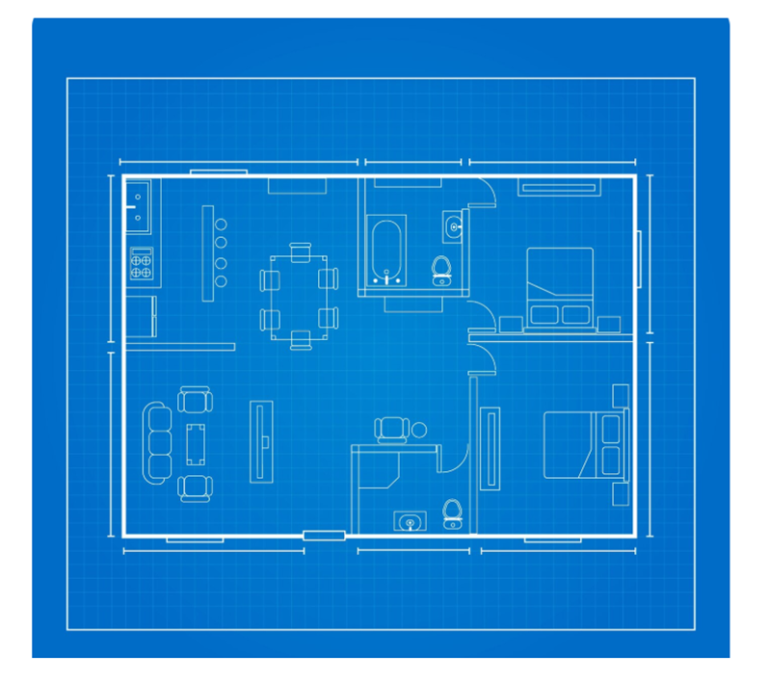Does your organization have an archive of large format documents? You might be familiar with the fact that it is not as easy as feeding paper into a desktop scanner. Large drawings, blueprints, and maps require increased space, greater accuracy, specialized equipment and far greater care. In 2025, when team members need instant access to important information across different locations, being able to access that data remotely is essential and only made possible by having it digitized..
The challenge? Maintaining fine lines, scale and clarity without distortion or pixilation. That is where large format scanning service providers come into play.
This guide separates the intelligent approach to digitizing oversized records. You will see how large document scanning services preserve quality, accelerate the work process, and allow you to cooperate more effectively.
Whatever the project, whether you are archiving engineering plans or updating facility records, large document scanning services will make sure you do it once and do it right, without losing detail.
Table of Contents
Typical Problems with Scanning of Large Documents
Standard office scanners aren’t designed for oversized document formats, like blueprints, architectural plans, or engineering drawings. Yet, to keep up with the pace and meet deadlines, teams sometimes resort to workarounds like scanning in sections, manually feeding the pages, or forcing documents through automatic feeders. This results in misaligned edges, blurred details, cropped visuals, and, worst of all, damaged originals. These quality issues lead to repeat scans while compromising the accuracy and legibility of the document.
This is the reason why numerous organizations resort to large document scanning services. They deal with oversized materials safely and precisely. In addition, high-DPI scanning and image stabilization are applied by professionals to keep all the details and avoid mistakes.
Making a Difference Equipment
The correct hardware is the starting point of high-quality scanning. The wide-format scanners can handle documents many feet wide, and can ensure even contact and sharp capture. Feed-through scanners can take long sheets, and they are controlled with precise tension controls to avoid damage.
It is important to select the correct DPI. An environment of 300 to 600 DPI is the perfect balance of clarity and file size, making it perfect to archive or reprint. 400 DPI is a default setting used by professionals.
Large scanning services often use industrial grade scanners that are calibrated on a daily basis in order to achieve consistent and accurate results.
High-Quality Scanning Best Practices
First, clean the scanner bed and document surface. Specks or distortions may be caused by dust, smudges or debris.
Then, select the correct resolution, preferably 300-600 DPI, where most of the archival information is involved. Reduced settings may cause loss of detail, and high DPI may result in cumbersome files.
After scanning, save your scans in non-destructive formats such as TIFF or high-quality PDF and then share or compress. In large batches, introduce templates and quality checkpoints; these are pro tips for large document scanning services.
Format and File Management
Once scanned, choose an appropriate file format that suits your needs. JPEG is more appropriate to share on the web or for preview. Apply PDF where you need to merge many pages or versions into a single document.
You should also think about uniform naming standards, such as BuildingSite_Apr2025_B1.tif, so that files can be easily found. It is also important to store digitized files in several places, either on local servers, cloud storage, or offsite archives. Large format scanning service providers usually add indexing and backup programs to secure your assets.
The Advantages of Professional Large Document Scanning Service
Speed and accuracy are achieved when businesses employ big document scanning services. Professionals treat objects carefully, whether delicate blueprints or large posters, and can frequently provide archival packaging when shipping or storing.
Faded lines or torn edges could also be restored by specialized providers to achieve improved image quality.
They can be integrated with document systems or cloud storage; therefore, scanned files are available for use. Professional scanning is the key to making your organization efficient and audit-ready, regardless of whether you require compliance documentation or scalable digital archives.
Final Remarks
In the case of oversized document scanning, a cheap scanning job can be expensive in terms of detail, time, and future usefulness. These are not mere giant pieces of paper either; they are important blueprints, schematics, or records that must be handled carefully. That is why accuracy is important.
The right tools are brought to the table by professional large document digitization services. They have high-resolution scanners and skilled operators, and they make every line, label, and layer clear and crisp. Be it archiving site plans that are decades old or digital portfolios of artwork, the outputs are self-explanatory.
By selecting a reputable large format scanning service, you are not only scanning to store, but rather you are scanning to the future. Easy-to-access and clean files imply enhanced collaboration, quick retrieval, and sharing.

